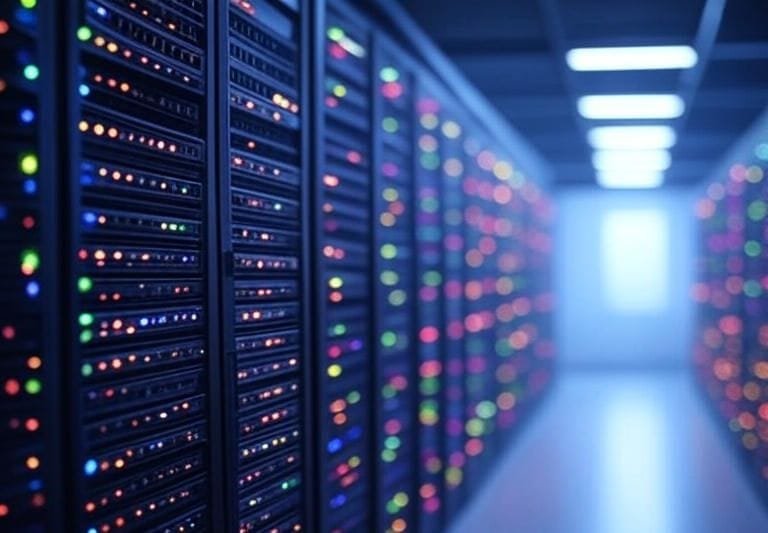By Study Smart India | August 26, 2025 | 07:39 PM IST
In the ever-evolving world of data storage, RAID (Redundant Array of Independent Disks) technology continues to play a pivotal role in ensuring data reliability and performance. As businesses and individuals increasingly rely on robust storage solutions, understanding the recent advancements in RAID technology is more important than ever. This article delves into the latest trends, innovations, and future prospects of RAID, offering a fresh perspective on its significance in today’s digital landscape.
What is RAID Technology?
RAID technology is a method of combining multiple physical disk drives into a single unit to enhance data redundancy, improve performance, or both. Originally conceptualized to utilize affordable drives for better efficiency, RAID has grown into a sophisticated system that supports various configurations known as RAID levels (e.g., RAID 0, RAID 1, RAID 5, and beyond). These levels allow users to tailor storage solutions based on their specific needs, whether prioritizing speed or data protection.
Recent Innovations in RAID
The past few years have witnessed remarkable strides in RAID technology, driven by the demand for faster and more reliable storage systems. One notable development is the integration of RAID with solid-state drives (SSDs), which offer significantly higher speeds compared to traditional hard disk drives (HDDs). This hybrid approach, often termed “hybrid RAID,” leverages the strengths of both SSDs and HDDs to optimize performance and cost-effectiveness.
Another exciting advancement is the emergence of software-defined RAID solutions. Unlike traditional hardware-based RAID, which relies on dedicated controllers, software RAID utilizes the host system’s processing power to manage disk arrays. This shift provides greater flexibility and scalability, making it an attractive option for modern data centers and cloud environments.
Additionally, the introduction of declustered RAID has gained attention for its ability to distribute data and parity information more evenly across drives. This technique reduces rebuild times after a disk failure and enhances overall system resilience, addressing a long-standing challenge in large-scale storage setups.
Challenges and Alternatives
Despite its advancements, RAID technology faces challenges in the face of growing storage demands. As disk capacities increase, the time required to rebuild data after a failure also rises, heightening the risk of secondary failures. This has prompted some experts to explore alternatives like erasure coding, which offers superior data protection at the cost of higher complexity.
Moreover, the rise of hyperscale computing and redundant server architectures has led some to question RAID’s relevance. However, RAID remains a cornerstone for many applications, particularly where cost-effective redundancy and performance are critical.
The Future of RAID
Looking ahead, RAID technology is poised to evolve with the integration of artificial intelligence (AI) and machine learning. These technologies can predict disk failures and optimize data distribution, further enhancing reliability and efficiency. The ongoing development of NVMe (Non-Volatile Memory Express) interfaces also promises to push RAID performance to new heights, catering to the needs of high-speed computing environments.
At Study Smart India, we believe that staying informed about such innovations is key to leveraging technology for educational and professional growth. As RAID continues to adapt, it will likely remain a vital tool for safeguarding data in an increasingly digital world.
Conclusion
RAID technology’s journey from a cost-saving solution to a sophisticated storage system reflects its enduring relevance. With recent innovations addressing performance and reliability concerns, and future prospects enhanced by AI and NVMe, RAID is well-positioned to meet the demands of tomorrow. For students, professionals, and businesses in India and beyond, understanding these developments can unlock new opportunities in the tech-driven era.
Stay tuned to Study Smart India for more insights into cutting-edge technologies shaping the future!



Average Rating